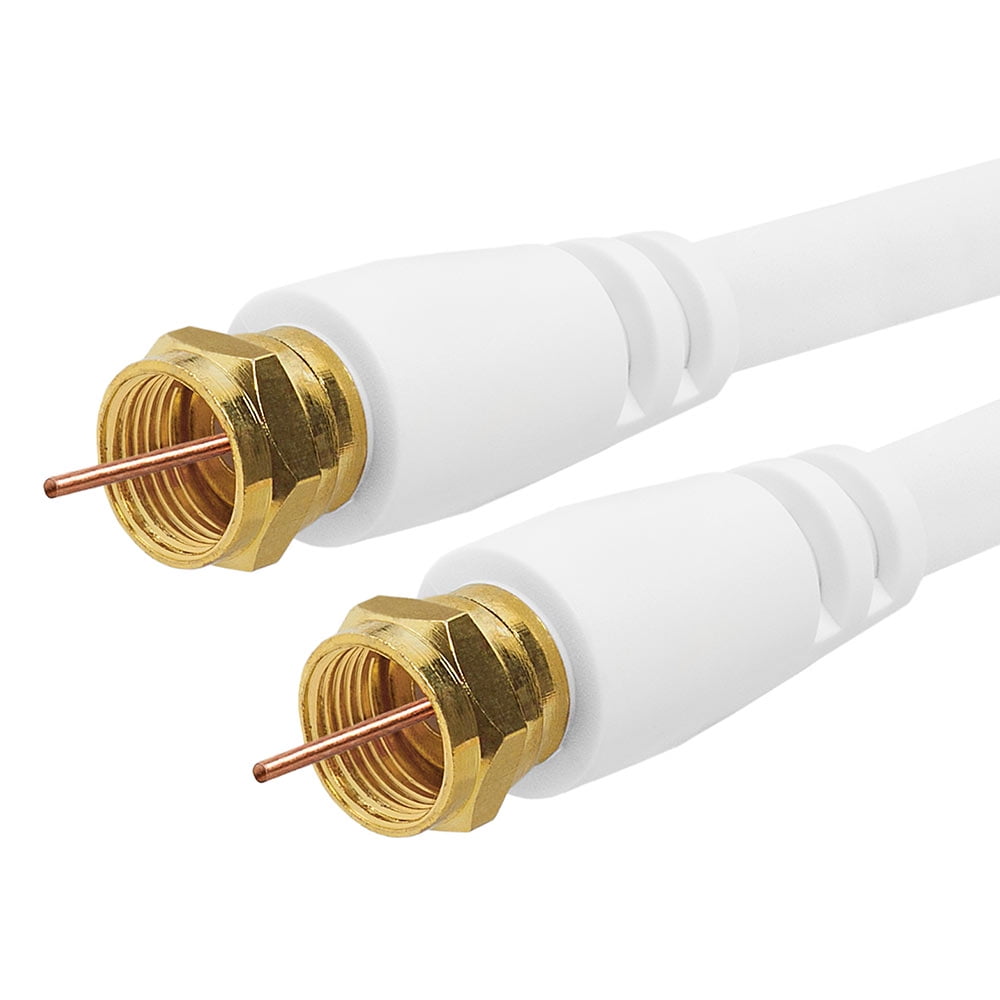

Rigid-line coaxial cables- Which are made up of twin copper tubes that function as unbendable pipes.Triaxial cable- Which has a third layer of shielding that is grounded to protect signals transmitted down the cable.These cables are commonly used to connect a transmitter to an antenna. Hard-line coaxial cable- Which relies on round copper tubing and a combination of metals as a shield, such as aluminum or copper.There are numerous types of coaxial cables, some types include:

Two standard characteristic impedances are 50 ohm s, used in moderate power environments, and 75 ohms, common for connections to antennas and residential installations. Above 1 Ghz, the cable maker must use a dielectric that does not attenuate the signal too much or change the characteristic impedance in a way that creates signal reflections.Įlectrical characteristics of coax are application-dependent and crucial for good performance. High-frequency signals are partially reflected at impedance mismatches, causing errors.Ĭharacteristic impedance is sensitive to signal frequency. Together, they ensure the characteristic impedance of the cable takes on a fixed value. The outer metal shield layer of the coaxial cable is typically grounded in the connectors at both ends to shield the signals and as a place for stray interference signals to dissipate.Ī key to coaxial cable design is a tight control of cable dimensions and materials.

The whole assembly is wrapped in an insulating jacket. A shield layer then surrounds the dielectric layer with metal foil or braided copper mesh. A dielectric layer, made up of an insulating material with very well-defined electrical characteristics, surrounds the wire. The center conductor layer is a thin conducting wire, either solid or braided copper. This construction ensures signals are enclosed within the cable and prevents electrical noise from interfering with the signal. How coaxial cables workĬoaxial cables have concentric layers of electrical conductors and insulating material. Depending on the carrier technology used and other factors, twisted pair copper wire and optical fiber are alternatives to coaxial cable. AT&T established its first cross-continental coaxial transmission system in 1940. Many of these cables or pairs of coaxial tubes can be placed in a single outer sheathing and, with repeaters, can carry information for a great distance.Ĭoaxial cable was invented in 1880 by English engineer and mathematician Oliver Heaviside, who patented the invention and design that same year. Some homes and offices use coaxial cable, too, but its widespread use as an Ethernet connectivity medium in enterprises and data centers has been supplanted by the deployment of twisted pair cabling.Ĭoaxial cable received its name because it includes one physical channel that carries the signal surrounded - after a layer of insulation - by another concentric physical channel, both running along the same axis. It is also sometimes used by telephone companies to connect central offices to telephone poles near customers. It is primarily used by cable TV companies to connect their satellite antenna facilities to customer homes and businesses.

Low Loss Cables for example are characterized by particularly good, that is, low values of insertion loss. This value is mainly determined by cable diameter, material of the dielectric and the transmission frequency. Insertion loss describes the total electrical loss along an electrical line (ratio of input to output power). For broadcast and video applications, 75 Ohm systems are used. The most important characteristics are briefly described here:Īlmost every system works with 50 Ohm technology. Using this table will help you easily and quickly find the right cable for your application. In our product overview a variety of technical characteristics is shown.


 0 kommentar(er)
0 kommentar(er)
